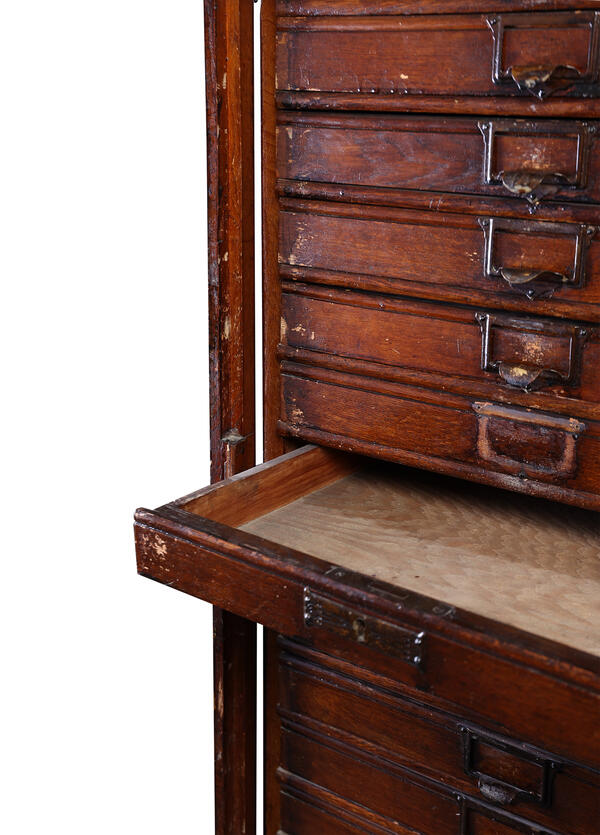The exhibition of the Museum of Far East History presents an apothecary cabinet which used to stand in the building of the rabies vaccination station (Pasteur station) in Vladivostok. On January 17, 1899 the first Pasteur station in the Far East was opened in Vladivostok. The first such station in the world was founded in Paris back in 1885, after Louis Pasteur discovered a vaccine against rabies. The world’s second station was established in the Russian Empire, in Odessa, and the third one was opened in St. Petersburg.
Before the station appeared, sick people were sent to Japan, where a special room for treatment of patients from Russia had even to be opened. This fact contributed to the prompt consideration of opening a station in Vladivostok, which the Society of Physicians of the South Ussuriysk region intended to develop into a bacteriological institute.
The Vladivostok station was located in the house of the chief physician of the city hospital Dr. Tenchinsky on Suifunskaya Street (now 36 Uborevicha Street) and began its work in the attic of the apartment house, where a laboratory was set up to make vaccines for leper and rabies patients. Apart from this, the house had a room set up as a home theater for a ballerina to live in. On the upper floor there was a room with a stage. It was reportedly decorated as a theater for home ballet performances. After Dr. Tenchinsky left Vladivostok, the building was taken over by the Kostroma Bank in 1911, and in 1918 the Primorsky Veterinary Service started operating here. In the courtyard there was a vivarium — a room adapted for keeping laboratory animals.
Louis Pasteur did not for some
time authorize the establishment of vaccination stations outside Paris, because
he assumed that due to the long incubation period of the disease one station
would be enough to vaccinate patients from all over the world. As far as Russia
was concerned, he wrote, “In order to cure hydrophobia, patients in view of the
long incubation period can make it to Paris on time from any part of Russia”.
Peasants came to Paris from Russia too. Funds were allocated to travel to
France. According to Louis Pasteur’s calculations, during the period from July
1885 to July 1886 about 130 Russian patients visited the Paris station, 48 of
them were bitten by rabid wolves, some of them died despite vaccinations. The
spread of the disease and the growing number of infected people all over the
world was one of the reasons for Pasteur’s decision to open rabies vaccination
stations, posts and institutes in other countries.



